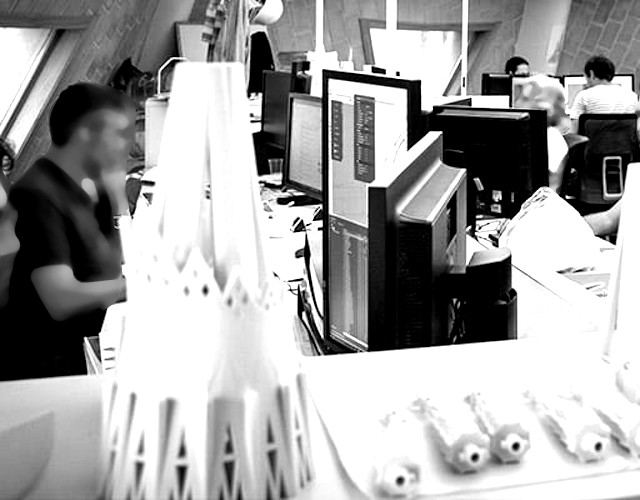
Sagrada Familia: IT a key element
The Sagrada Familia started the path of innovation and transformation with Gaudí, two centuries ago. In fact, He was who promoted the use of the three dimensions to project the temple, as well as geometry as the basis of its architecture and the use of recycled materials and a long list of solutions still used today.
Each year, the Basilica receives more than 4.5 million visitors, celebrates more than 20 cultural events and 60 religious services, and works on more than 25 different work fronts. All this coexists simultaneously in the same space.
One stone, six controls
It must be borne in mind that, in order to use a certain type of stone in the temple, it must be previously homologated.
The new stones are analyzed petrologically and according to their mineral composition. Physical tests are also performed to determine their resistance to compression and flexibility and to obtain their porosity and density, as well as chemical tests.
In parallel to the homologation of the stone, the extraction capacity is analyzed to guarantee the continuous supply, as well as, the dimensions and formats of the blocks or the extraction techniques.
Full traceability through computer systems
The process control described briefly above is done through applications developed by an internal team working in the temple facilities.
Our project includes tasks such as: • Implementation of good practices for Quality Assurance. • Improved planning and monitoring of the software development life cycle. • Implementation of workflows in JIRA, configuration and training. • Implementation of a framework for automating Web tests, for mobile and web services. • Consulting to implement Continuous Integration (CI)